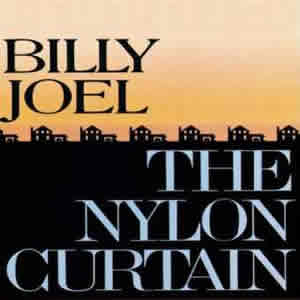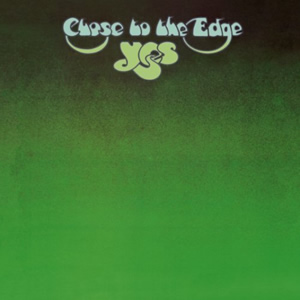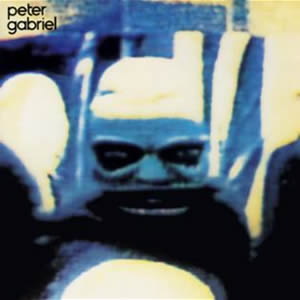The Nylon Curtain by Billy Joel
Buy The Nylon Curtain After much commercial success with his previous albums, Billy Joel really branched out to new musical territory on his eighth studio album, The Nylon Curtain. On this album, the […]

Buy The Nylon Curtain After much commercial success with his previous albums, Billy Joel really branched out to new musical territory on his eighth studio album, The Nylon Curtain. On this album, the […]

Buy Close to the Edge The group Yes reached their progressive pinnacle with the 1972 album Close to the Edge. Containing just three extended tracks, the album became Yes’s greatest commercial success to […]

Buy Peter Gabriel (1982) In 1982, Peter Gabriel released his fourth self-titled solo album, which was labeled “Security” on the shrink wrap of some early LP pressings. While this album lacked an original […]